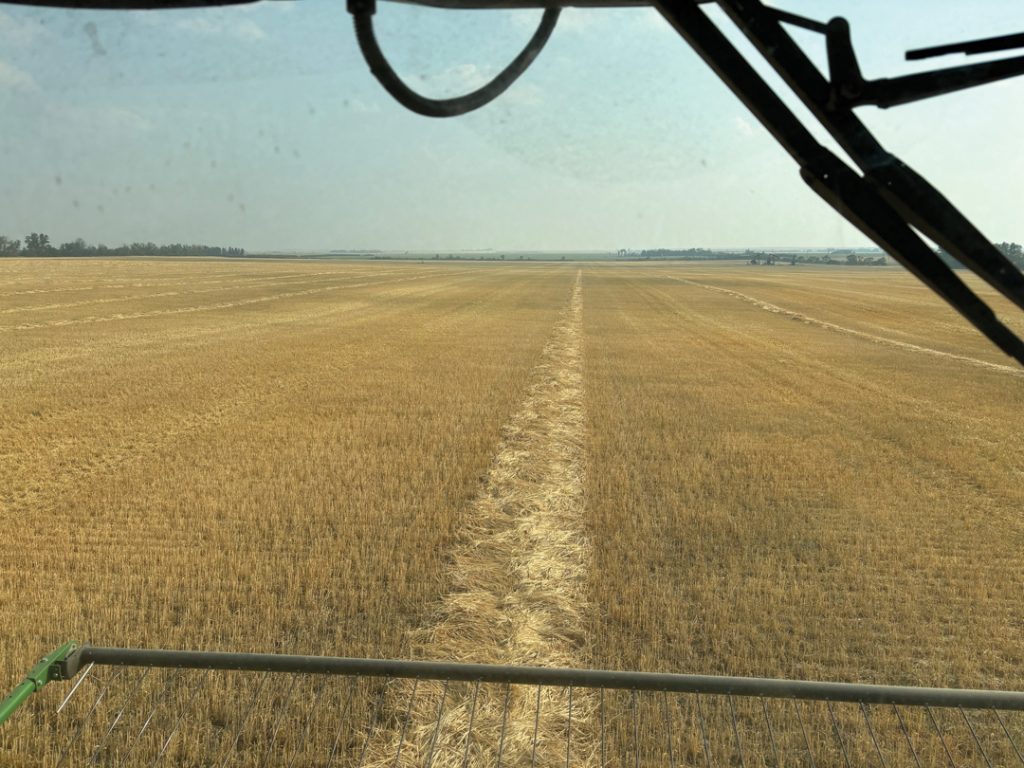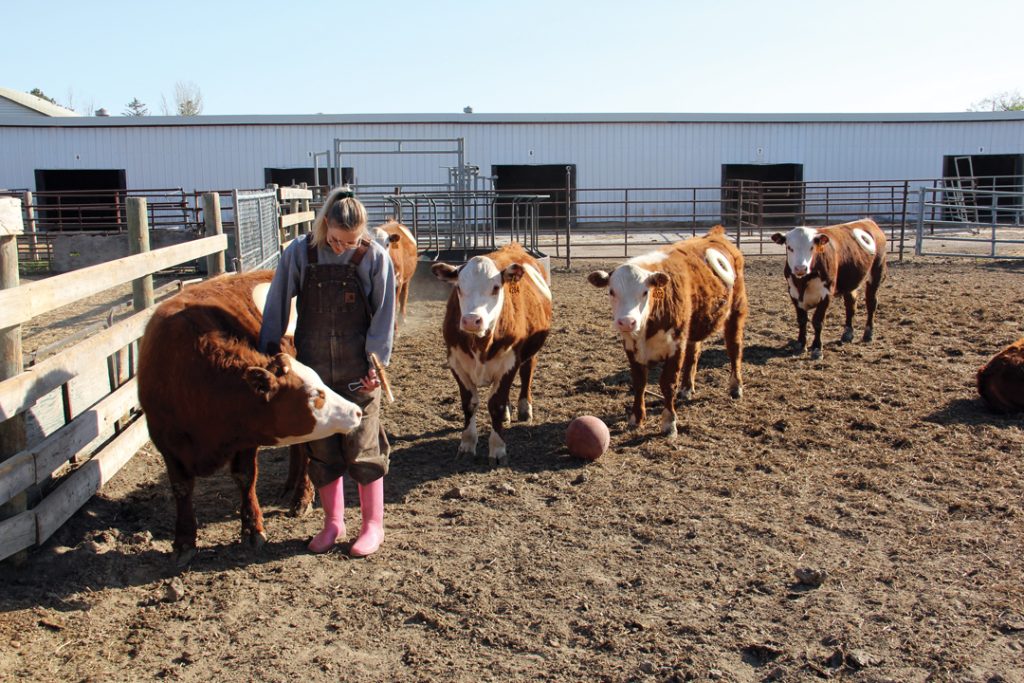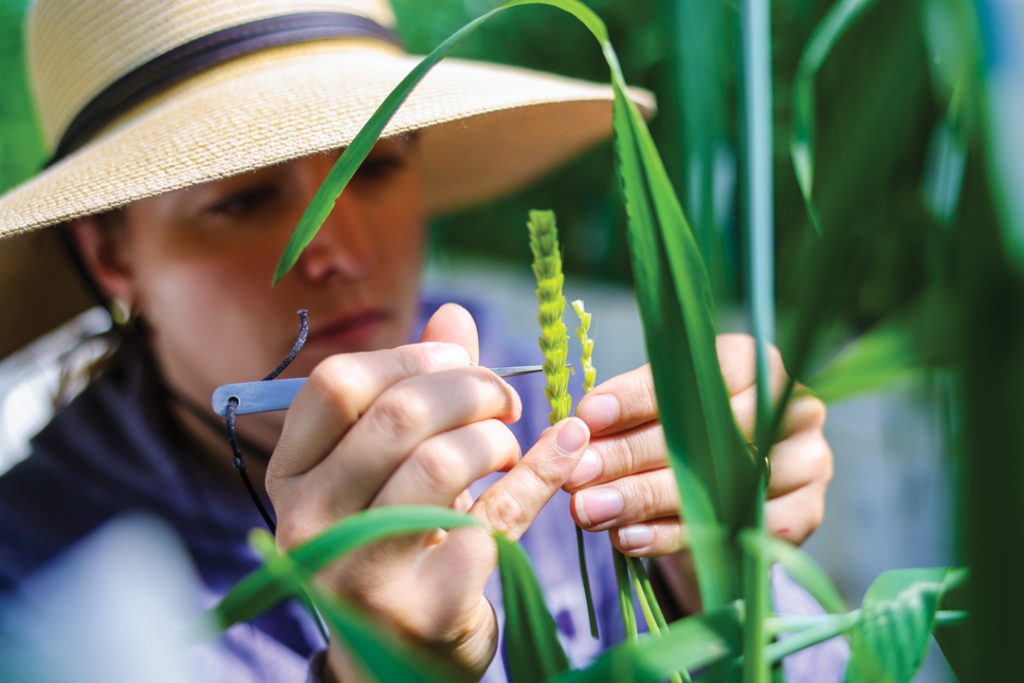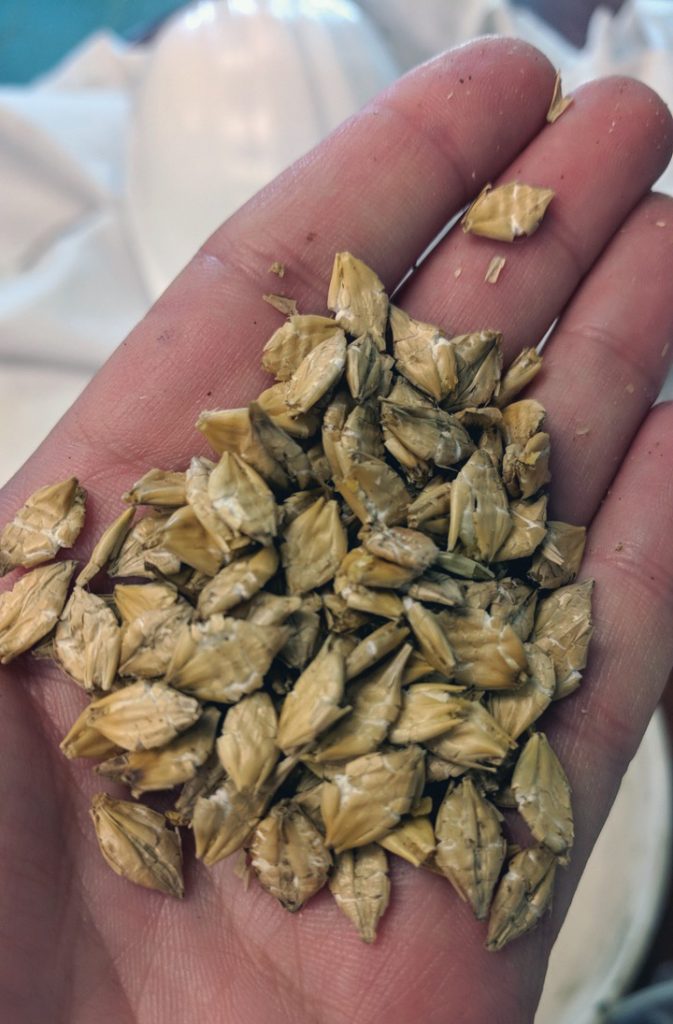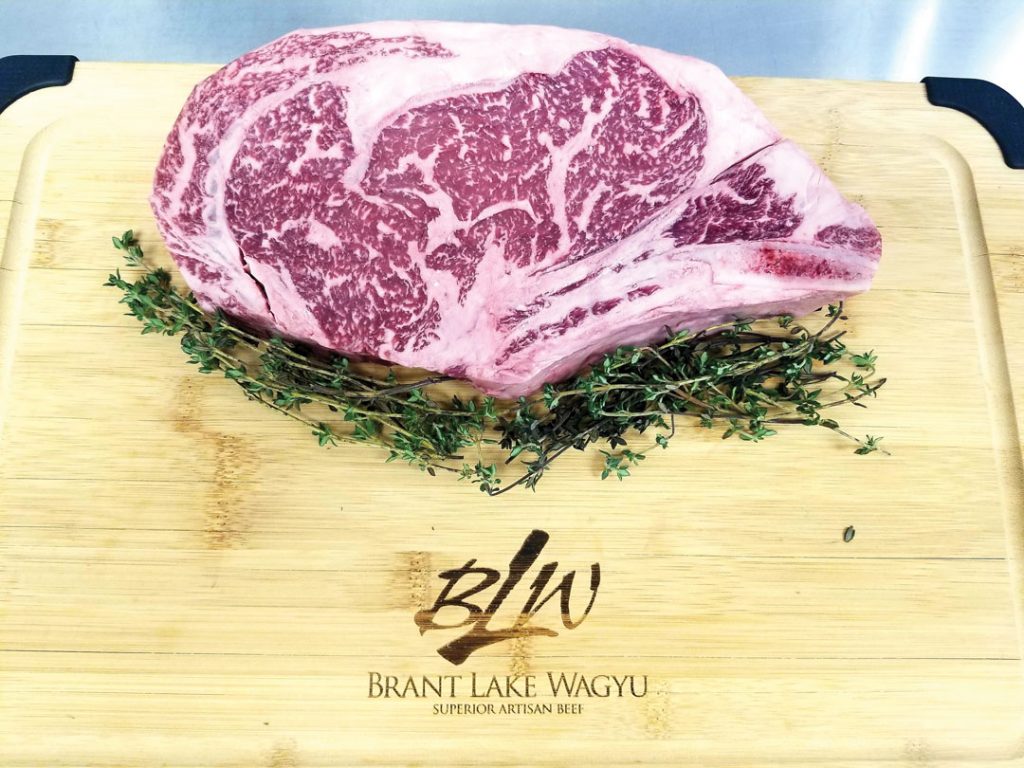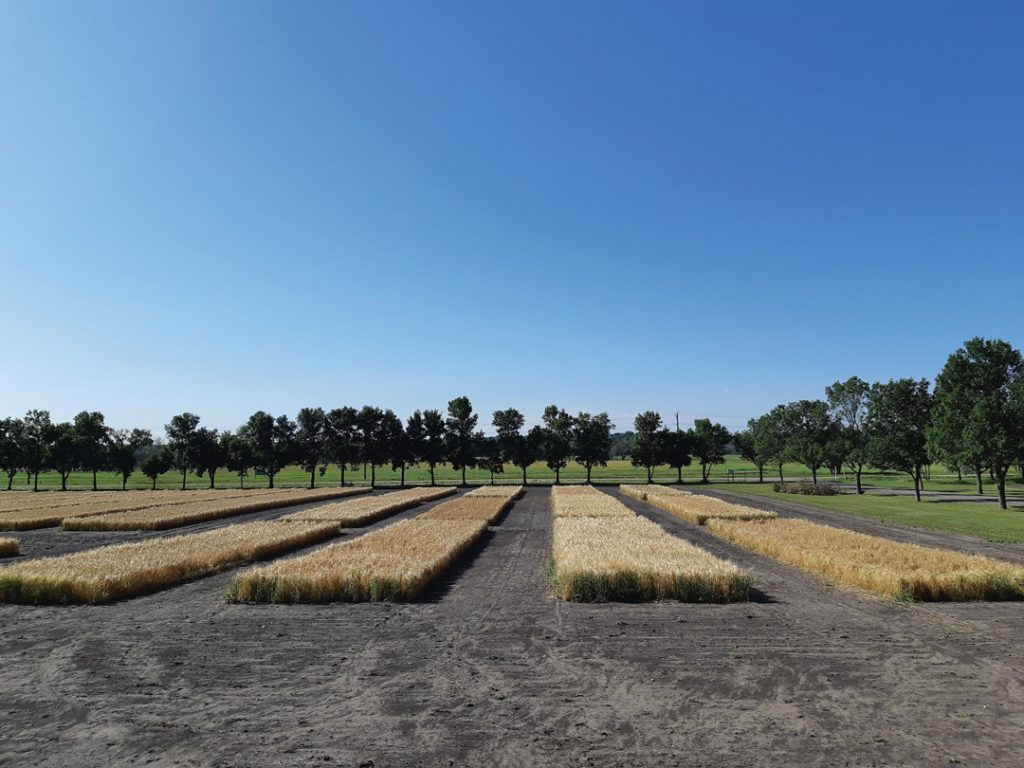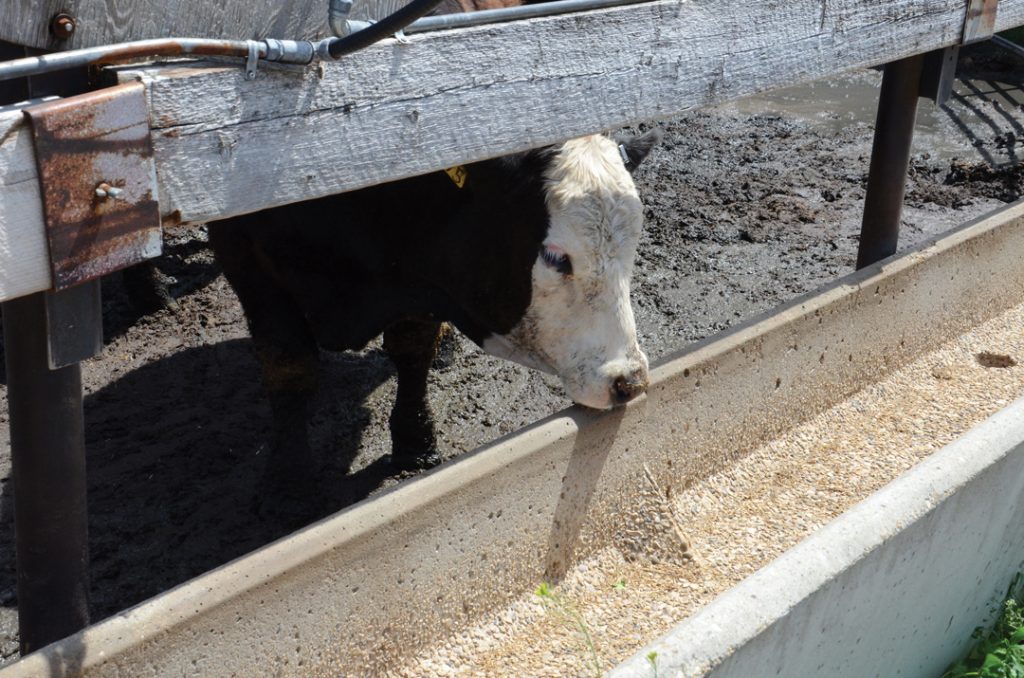Catherine Seidle developed a keen interest in the livestock and crop industries while growing up on a mixed farm near Saskatoon, SK. She studied animal science at the University of Saskatchewan (USask) and went on to become a livestock and feed extension specialist with the Saskatchewan Ministry of Agriculture. Now on a two-year sabbatical to complete a master’s project on ruminant nutrition, she works with Greg Penner, a USask professor and Centennial Enhancement Chair in ruminant nutritional physiology. She has joined Penner in his development of feed barley strategies that deal in part with variability of kernel size.




